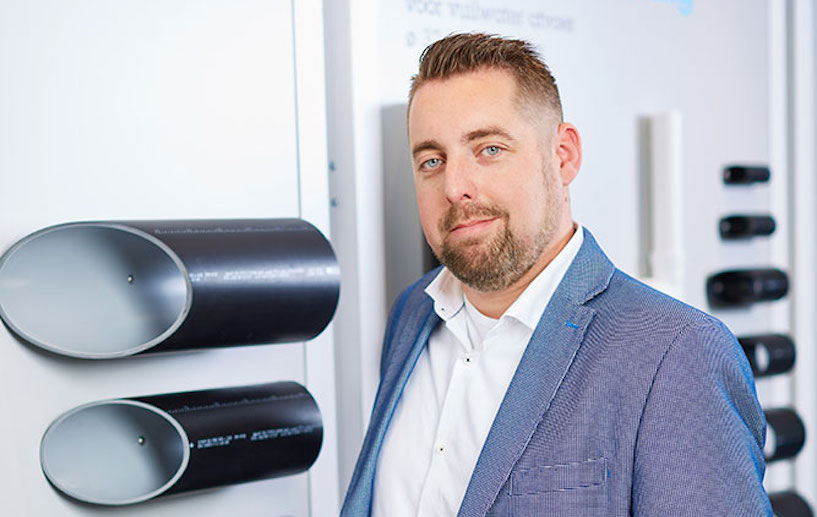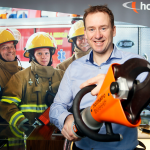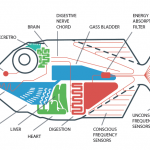Imagine offering 50,000 different products in 25 different countries. The products are defined by up to 4,000 features, including colour, diameter and material. This is the daily reality of Wavin, a manufacturer of plastic piping systems. The complexity of their product portfolio propelled Wavin to become one of the pioneers in ETIM. The standard classification is not only used to map products in external systems through SyncForce; ETIM also became the new language that the Wavin product data team uses to communicate internally.
The challenge
Wavin started working with SyncForce ten years ago. “Originally we were only looking for a system to centrally manage digital product assets like images and videos. Until 2008, they were dispersed across the organization in numerous databases and folders. To be honest, it was chaos,” said Michan Katerbarg. As Manager Digital and E-business he is responsible for all digital client-facing systems, including the website, CRM and Product Information Management.
Next-level of complexity illustrated by figures
- Wavin offers 50,000 different products over 260 categories (like internal drain pipes, datacom cables and rainwater drainage)
- There are 4,000 types of product features, including length, diameter, colour and material
- The company sells products in 25 countries that each have their specific systems and requirements
- The Wavin download centre currently offers 5,500 downloadable documents: brochures, price lists, technical handbooks and catalogues
- The company was acquired by Mexichem in 2012, offering the opportunity to expand Wavin’s global reach

The much-needed transition to a central database for managing all digital assets revealed additional challenges. “We realised that there was a strong need to unify the way we store and share digital product data. Keeping photos and videos in one place was just a first step. From there, we wanted to link visual content to the associated product data. When we launched a new website in 2013, SyncForce became our central system to manage all product data in one place and share that information through our website and external channels.”
Katerbarg describes the implementation as a ‘gigantic operation’. “It soon became clear that the quality of our product data wasn’t very good.” Tasks such as developing price lists and product catalogues were a real hassle.
Pioneers in ETIM
The solution to this challenge turned out to be embracing ETIM. Katerbarg: “This standard product classification helps us to structure product data across all channels. Thanks to SyncForce, we can now manage all our product data centrally and share it in all our channels with just one click. But ETIM also became our new internal language to talk about products; whether they’re based in Germany, Turkey or Poland, everyone uses the same classification.”
ETIM also offers a commercial advantage, according to Katerbarg: “The construction industry is increasingly familiar with ETIM – from architects and wholesalers to construction and installation companies. Across the process of designing, building and managing real estate, there is a need to work with standardised product classifications. If we as a manufacturer can offer easy access to standardised information about our portfolio, we can increase the likelihood that installers and construction companies will work with our products. It’s as simple as that.”
Wavin is considered a pioneer in the ETIM classification field. “I recently gave a presentation on ETIM during a seminar about standardisation across the value chain. We also get a lot of questions from other manufacturers about how we work with ETIM.” It confirmed we made the best choice in classifying our products.
Creating a catalogue with a robot
Despite digitalisation, paper catalogues and price lists are still an essential asset in the construction industry. Creating these used to be a cumbersome and time-consuming task. SyncForce’s publishing robot now automatically designs and publishes paper catalogues – without the help of a desktop publisher.
Wavin and SyncForce have been through quite a lot since the initial implementation in 2008, as Katerbarg noted. “We started using SyncForce as a simple DAM solution. If we had told management back then what other processes SyncForce would support at a later stage, they probably wouldn’t have given their sign-off. It worked because we rolled out different features gradually. Managing product data centrally is a complex issue, no matter how you do it. At first, people see this as the responsibility of IT, but then they realise that it is essential to the success of the company. IT might be the enabler, but it’s a responsibility that should be carried throughout the entire organization.”
Download Testimonial



